
It doesn’t matter how long you have worked in the mining industry, at some point you will probably take part in a due diligence review. You might have been asked to help create a data room. Perhaps your company is looking at a potential acquisition. Maybe you’re a consultant with a particular expertise needed by a due diligence team. It’s likely that due diligence has impacted on many of us at some point in our careers.
The scope of a due diligence can be exceptionally wide. There are legal, marketing, and environmental aspects as well as all the technical details associated with a mining project. The amount of information provided can be overwhelming.
Checklists are great
Checklists are great and can be very helpful in a due diligence review. A detailed technical scope checklist is a great way to make sure things don’t fall through the cracks. A checklist helps keep a team on the same page and clarifies individual roles and tasks. Checklists bring focus and minimize sidetracking down unnecessary paths.
Recognizing this, I have created a personal due diligence checklist for these exercises. A screen shot of it is shown below. The list is mainly tailored for an undeveloped mining project still at the study stage, but it still has over 230 items that might need to be considered.
Every mining due diligence is unique
Not all of the items in the checklist are required for each review. Maybe you’re only doing a high level study to gauge management’s interest in a project. Maybe you’re undertaking a detailed review for an actual acquisition or financing event. It’s up to you to create your own checklist and highlight which items need to be covered off. The more items added the less risk of missing something in the end.
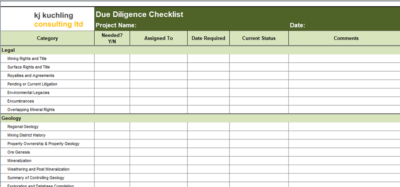 You a create your own checklist but if you would like a copy of mine just email me at KJKLTD@rogers.com and let me know a bit about how you plan to use it (for my own curiosity). Specify if you would prefer the Excel or PDF versions.
You a create your own checklist but if you would like a copy of mine just email me at KJKLTD@rogers.com and let me know a bit about how you plan to use it (for my own curiosity). Specify if you would prefer the Excel or PDF versions.
Please let me know if you see any items missing or if you have any comments.
Due Diligence isn’t for everyone


 Mining due diligence exercises can be interesting and great learning experiences, even for senior people that have seen it all. However they can also be mentally taxing due to the volumes of information that one must find, review, and comprehend, all in a short period of time.
Mining due diligence exercises can be interesting and great learning experiences, even for senior people that have seen it all. However they can also be mentally taxing due to the volumes of information that one must find, review, and comprehend, all in a short period of time.
 From 1997 to 2000 I was involved in the feasibility study and initial engineering for the Diavik open pit mine in the Northwest Territories. As you can see from the photo on the right, groundwater inflows were going to be a potential mining issue.
From 1997 to 2000 I was involved in the feasibility study and initial engineering for the Diavik open pit mine in the Northwest Territories. As you can see from the photo on the right, groundwater inflows were going to be a potential mining issue.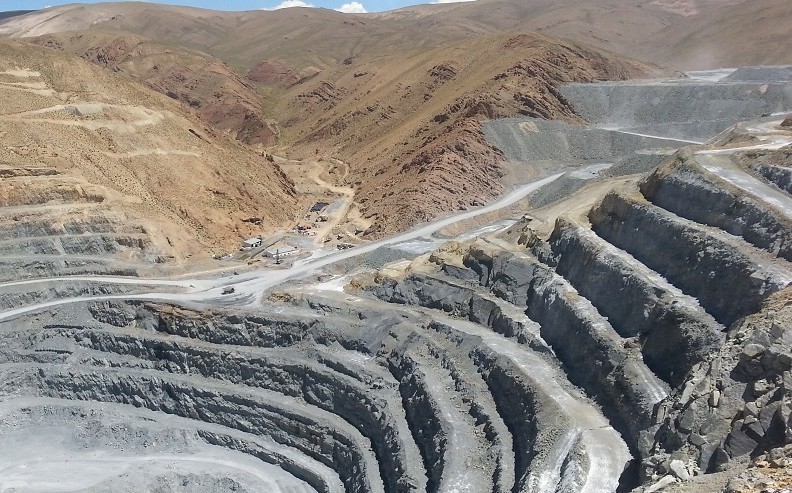
 Groundwater modelling of a fractured rock mass is different than modelling a homogeneous aquifer, like sand or gravel. Discrete structures in the rock mass will be the controlling factor on seepage rates yet such structures can be difficult to detect beforehand.
Groundwater modelling of a fractured rock mass is different than modelling a homogeneous aquifer, like sand or gravel. Discrete structures in the rock mass will be the controlling factor on seepage rates yet such structures can be difficult to detect beforehand.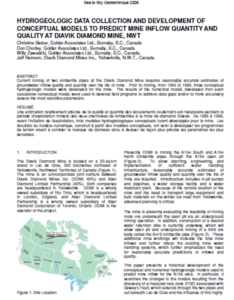 The 2000 paper describes the field investigations, the 1999 modeling assumptions, and results. You can download that
The 2000 paper describes the field investigations, the 1999 modeling assumptions, and results. You can download that 




 I like the concept that Globex are promoting. I like the idea of having a one-stop shop that acquires and options out exploration properties to mining companies looking for new projects.
I like the concept that Globex are promoting. I like the idea of having a one-stop shop that acquires and options out exploration properties to mining companies looking for new projects.

 Its the right thing to do
Its the right thing to do The company gets a chance to learn about potential employees and also gets productive service from them.
The company gets a chance to learn about potential employees and also gets productive service from them.
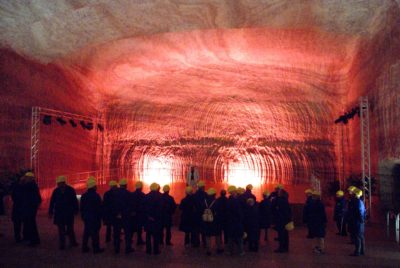 His topic is interesting and relevant to today’s mining industry. Paul raised many thoughtful points supported by data. He gave me permission to share his information.
His topic is interesting and relevant to today’s mining industry. Paul raised many thoughtful points supported by data. He gave me permission to share his information. I agree with many of the points raised by Paul in his study. The mining industry has some credibility issues based on recent performance and therefore understanding the causes and then repairing that credibility will be important for the future.
I agree with many of the points raised by Paul in his study. The mining industry has some credibility issues based on recent performance and therefore understanding the causes and then repairing that credibility will be important for the future.
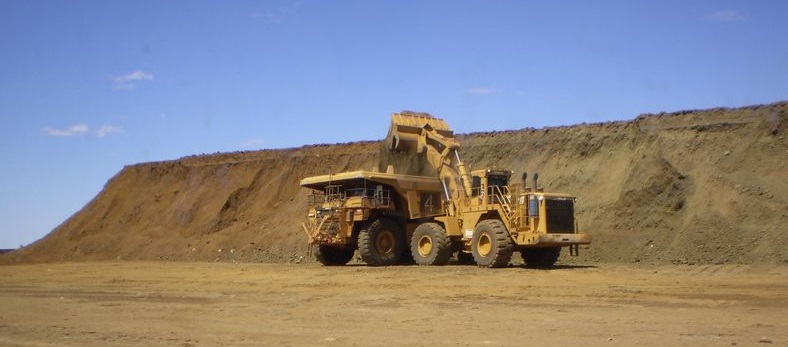
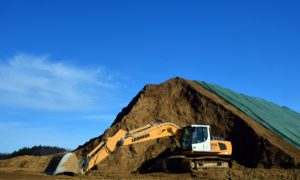

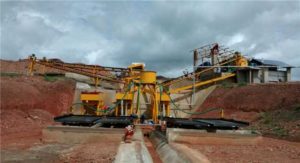

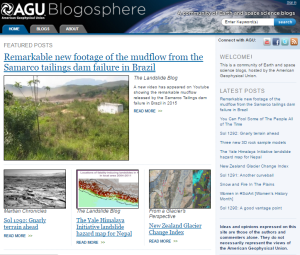
 From time to time the Landslide Blog will examine mine slopes, tailings dams, and waste dump failures, however much of their information relates to natural earth or rock slopes along roads or in towns.
From time to time the Landslide Blog will examine mine slopes, tailings dams, and waste dump failures, however much of their information relates to natural earth or rock slopes along roads or in towns.

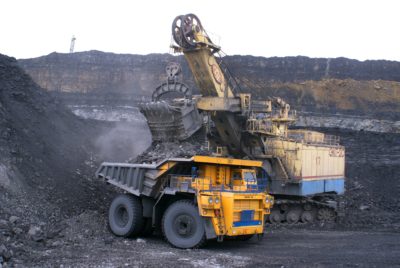 Sensors are the answer
Sensors are the answer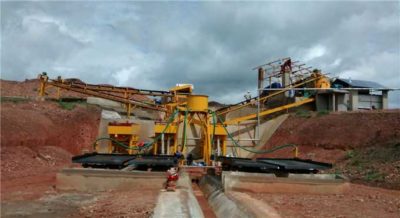 Their belt conveyor systems (
Their belt conveyor systems (